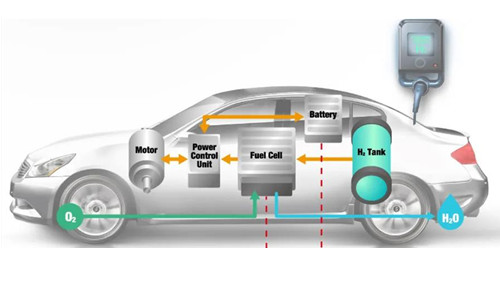Eliminate traditional power generation methods
Eliminate traditional power generation methods – Cheersonic
In-depth analysis: With the advent of fuel cells, will traditional power generation methods be eliminated?

The basic working principle of fuel cells may not be difficult to explain. However, manufacturing cheap, efficient, and reliable fuel cells is a very complicated matter.
In order to improve efficiency, scientists have designed many different types and sizes of fuel cells, each of which has different technical details. Many of the choices faced by fuel cell developers are limited by the choice of electrolyte. For example, the design of the electrode and the material used to make the electrode depend on the electrolyte. Today, the main electrolyte types are alkali, molten carbonate, phosphoric acid, proton exchange membrane (PEM) and solid oxide. The first three are liquid electrolytes; the last two are solids.
The type of fuel also depends on the electrolyte. Some batteries require pure hydrogen and therefore require additional equipment, such as a “reformer” to purify the fuel. Other batteries can tolerate some impurities, but may require higher temperatures to operate effectively. Liquid electrolyte circulates in some batteries, which requires a pump. The type of electrolyte also determines the operating temperature of the battery. As the name implies, a “melted” carbonate battery generates heat.
Each type of fuel cell has advantages and disadvantages compared to other fuel cells, and there is no cheap and effective fuel that can widely replace traditional power generation methods, such as coal, hydropower and even nuclear power plants.
